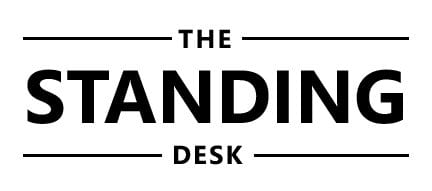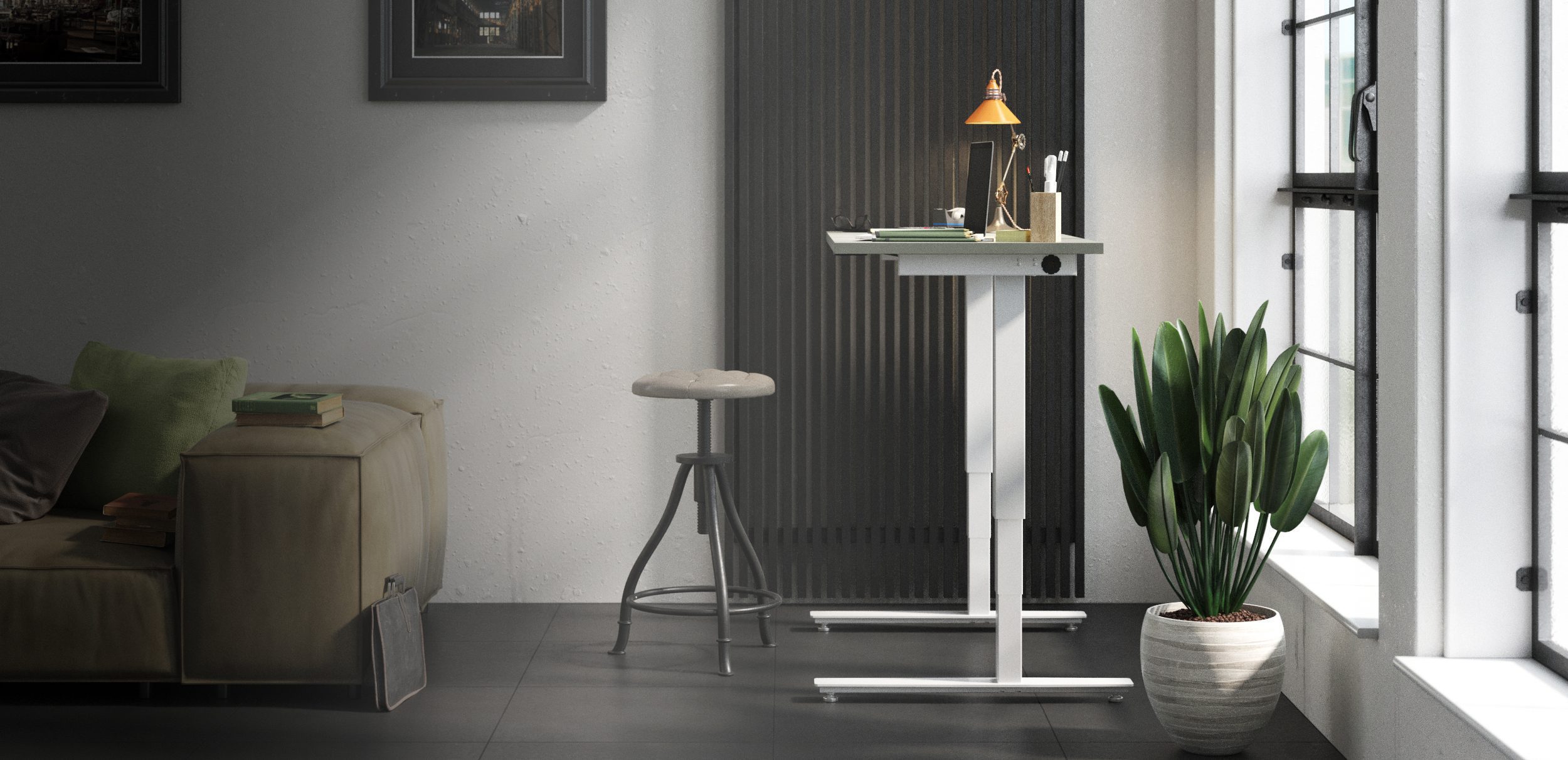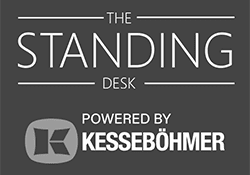The health benefits of standing desks are well known, but even beyond health, there are plenty of other benefits of standing at work instead of sitting. Do standing desks improve focus, mood, productivity, or other aspects of work? As a matter of fact, these are just a few of the benefits of working standing up.
Are there other benefits to standing at work besides health benefits?
Working while standing can improve productivity, focus, concentration, and thinking in some surprising ways.
Researchers like to look at the link between standing desks and workplace productivity. One study by Texas A&M University’s Health Science Center School of Public Health compared employees using stand-capable desks to employees using seated desks, and found that the stand-capable group were more productive almost immediately. By the end of six months, the standing desk users were logging 53% more successful calls than the seated group.
Working while standing seems to even make you a better thinker. This may be true due to the mental association with standing for work vs sitting for rest. One study used psychological test called a Stroop test, which measures processing ability, to compare mental processing time of workers who were standing vs sitting. Study participants who took the test while standing showed a small but meaningful improvement in processing time.
The advantage may boil down to a simple reason – standing is a little harder to do. Not much, but it requires some physical effort. And it’s slightly more mentally demanding because the brain needs to balance body weight and control more small muscle contractions. The overall effect is slightly more cognitive stress, which has been shown to improve cognitive performance.
Are the same effects on focus & concentration seen for studying or drawing, or other types of work?
Artists, designers, architects, and students have long used standing desks, sometimes perching on drafting stools and employing tilted tabletops. In part, that’s because standing facilitates collaboration over a design or presentation of a drawing. A sit/stand desk perfectly enables shifts between different types of work that are possible to do while either sitting or standing.
Often when engaged in a project, creatives may work for hours on end. A height adjustable workstation allows for easy adjustments to stay comfortable while working. This in turn helps maintain the flow state that keeps the momentum going.
To improve mental focus, even famed film editor Walter Murch advocates for using a standing desk while editing film. According to Murch, “Editing film is like a combination of being a short-order cook, a brain surgeon, and an orchestra conductor. Each of those three people stand to do what they do.”
How can you maximize the work benefits of standing desks?
Once you have a standing desk, you can maximize the benefits of standing at work pretty easily with a few simple tips.
Do standing desks really make a difference at work?
They can, but they have to be used correctly.
-
- How long should you stand? It may take some experience to find the ideal interval, and the answer is different for every person. Generally 20-30 minutes of standing is the sweet spot for ideal levels of focus and concentration.
- Can you stand too long? Yes, if you find yourself fatigued or uncomfortable, you are not likely to be functioning at your highest level, and it’s time to either take a walk or sit for a while.
- Should you alternate between sitting and standing? By all means, there is a place for sitting at work too. The intention of a height adjustable desk is to enable you to sit and stand at intervals.
- Does this affect the focus or concentration benefits? Switching between sitting and standing based on comfort actually seems to benefit people’s ability to focus and concentrate.
Can you ask your employer for a standing desk?
More and more people are aware of the benefits of standing at work, so standing desks have become one of the top workplace perks that employers provide. In fact, the latest SHRM (Society of Human Resource Management) benefits survey shows that 60% of employers offer standing desks. So there’s a good chance that your workplace may already have a policy in place for standing desks. And if they don’t, you can still gather your thoughts about the benefits of working standing up and some tips about how to request a standing desk. Then ask. With luck, you’ll be choosing your standing desk model before you know it, and your employer will be thrilled that you’re looking at ways to increase your productivity.



